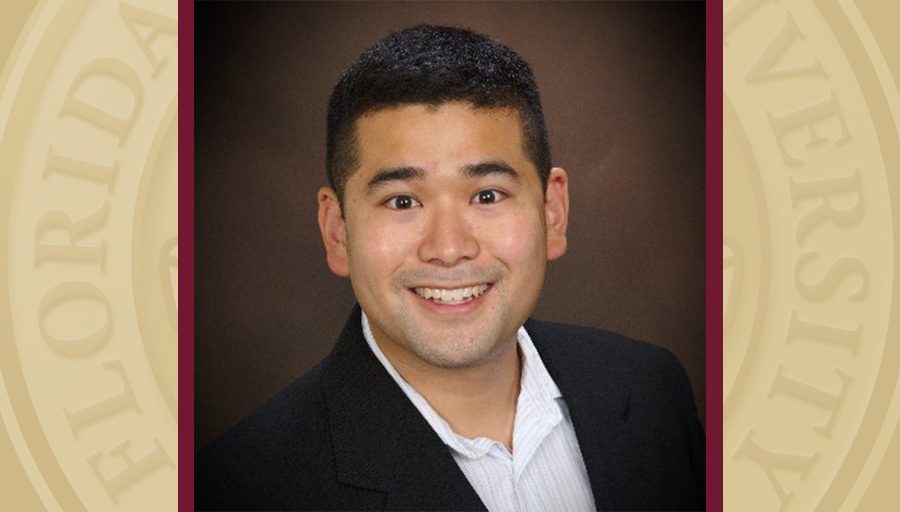
A new NASA grant is facilitating a four-year Florida State University project to investigate whether city investments in green space helps lower temperatures and thus reduce heat-related health problems.
Associate Professor of Geography Chris Uejio received $400,000 from NASA to look at New York City’s investments in green space infrastructure and the effects of that investment.
“Due to how we construct our cities, these areas tend to be a couple degrees warmer than surrounding areas,” Uejio said. “So, we are collaborating to evaluate how effective their cooling systems are to help their most at-risk communities.”
According to the Environmental Protection Agency, daytime temperatures in urban areas are anywhere from 1-7 degrees Fahrenheit higher than temperatures in outlying areas. Nighttime temperatures are about 2-5 degrees Fahrenheit higher.
As a result, many cities around the country have put increased emphasis on green space through parks, community gardens or green roofs with the hope that it would help lower city temperatures.
Unfortunately, the rate of these investments has outpaced research on how effective these strategies ultimately are.
“We really don’t know answers to basic questions,” said Uejio, who is collaborating with researchers in Wisconsin and New York on this project. “For example, how big do you have to make these green spaces for it to have an impact? Does it need to be a certain square footage? Or does it have to be a continuous green space, or can it be spread out?”
Uejio and his colleagues will examine satellite data that captures temperature data as well as data related to health outcomes to see if there are any connections.
Though the research will be specific to New York City, their work will be potentially applicable to other cities making similar decisions in an attempt to lower their temperatures, Uejio said.
“It’s not just a northeastern trend,” Uejio said. “Many different cities are looking at this issue, so hopefully this project can inform some of their decisions going forward.”




